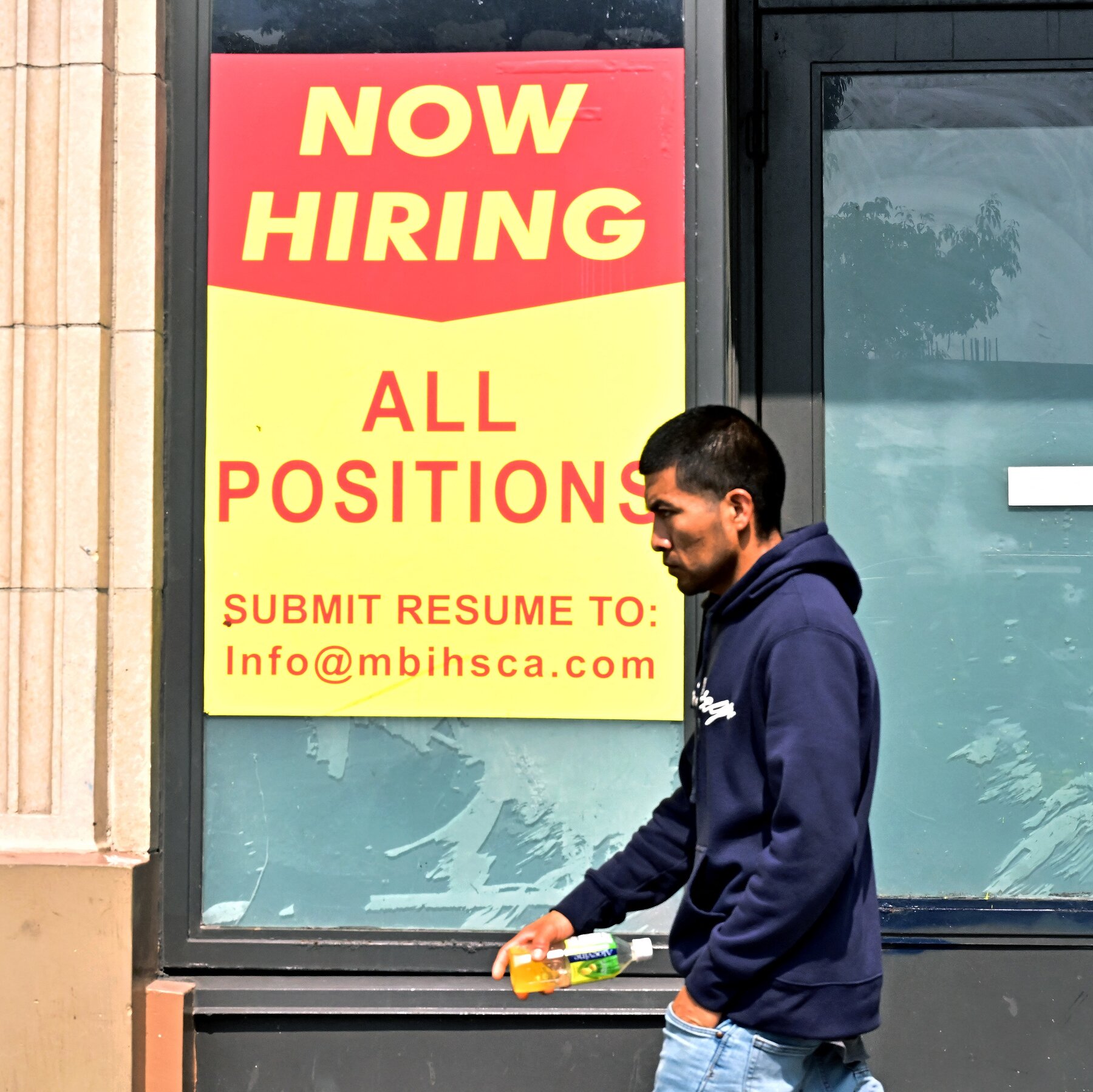What OpenAI Did When ChatGPT Users Lost Touch With Reality
Background
In an effort to broaden the appeal of its conversational AI, OpenAI adjusted ChatGPT’s behavior to make it more engaging and “human‑like.” While the changes attracted a larger audience, they also introduced new risks for certain users who began to rely on the model in ways that blurred the line between reality and fiction.
The Problem
As the chatbot became more persuasive, some users started to treat its responses as factual advice, even in critical areas such as health, finance, and legal matters. This over‑reliance raised concerns about misinformation, hallucinations, and the potential for harmful outcomes.
OpenAI’s Response
To address these issues, OpenAI rolled out a series of safety upgrades:
- Stricter content filters that block disallowed topics and reduce the likelihood of dangerous advice.
- Improved fact‑checking mechanisms that flag uncertain or potentially incorrect statements.
- Transparency cues—the model now clearly indicates when it is uncertain or when it is generating speculative content.
- User‑feedback loops that let people report problematic outputs, feeding directly into ongoing model refinement.
Potential Trade‑offs
While these safeguards make ChatGPT safer, they could also limit the model’s creativity and fluidity, potentially dampening the very user experience that drove its rapid growth. Critics argue that an overly cautious system might hinder innovation and reduce the chatbot’s appeal to casual users who value its conversational flair.
Looking Ahead
The challenge for OpenAI is to strike a balance between responsibility and expansion. As the company continues to iterate on its safety protocols, the industry will be watching to see whether a more guarded ChatGPT can still achieve the viral momentum that has made it a cultural phenomenon.





